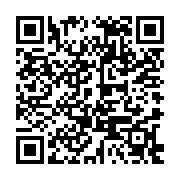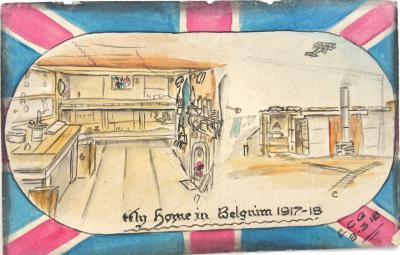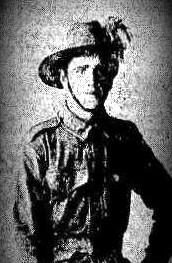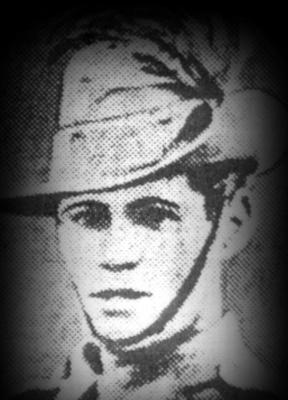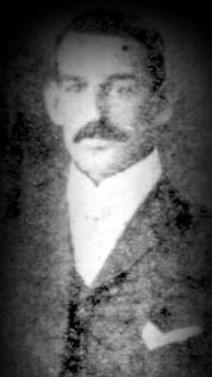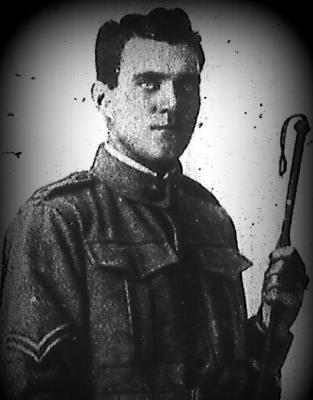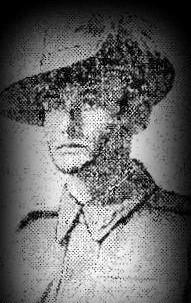Woolen Puttees - World War 1
Puttees, were a type of legging used by Australian soldiers during World War 1. Each puttee consists of a 2.75 m length of woollen fabric hemmed on both edges . A 1.62 m cotton tape secured the puttee. They were worn wrapped around the lower leg in a spiral pattern to provide ankle support and prevent debris and water from entering the boots or breeches.
The name Puttee was derived from the Hindi “Patti” bandage, which was wrapped from the ankle to below the knee. For dismounted troops and infantry, the puttee was wrapped around the lower part of the leg, starting on the top part of the ankle boot and ending below the knee, overlapping itself as it spiralled up the leg. For mounted troops and artillery not issued leather gaiters, puttees were wrapped from the knee down to the boot so that the securing tape could not be undone by contact with the saddle.
Details
Details
Many Australian soldiers developed a painful medical condition during their service on the Western Front called trench foot. The primary causes were wet feet and unsanitary conditions but puttees were also partly to blame as they limited circulation to the lower leg and foot if wrapped too tightly.
Examples of soldiers wearing puttees may be found throughout displays relating to World War 1 at the Australian Army Museum of WA including both Australian and Turkish soldiers. Visitors can handle puttees and try wrapping them at the gallery cart in the 1917 area of the World War 1 gallery.
Australian Army Museum of Western Australia
Australian Army Museum of Western Australia
Other items from Australian Army Museum of Western Australia
- Railway Operating Division - World War 1, Watercolour, GARBETT, 1918
- Railway Operating Division - World War 1, Watercolour, GARBETT, 1918
- World War 1, Australia, Western Australia, BAKER, 10 Light Horse
- World War 1, Australia, Western Australia, 234 ANDREWS, 10 Light Horse
- World War 1, Australia, Western Australia, ARMSTRONG, 10 Light Horse
- World War 1, Australia, Western Australia, 232 MYERS, 10 Light Horse
- World War 1, Australia, Western Australia, 231 RAWLINGS, 10 Light Horse
- World War 1, Australia, Western Australia, 227 MOFFLIN, 10 Light Horse
- World War 1, Australia, Western Australia, 226 SCOTT, 10 Light Horse
- World War 1, Australia, Western Australia, 223 KIDSON, 10 Light Horse
- World War 1, Australia, Western Australia, 222 BURGES, 10 Light Horse
- World War 1, Australia, Western Australia, 218 RYDER, 10 Light Horse

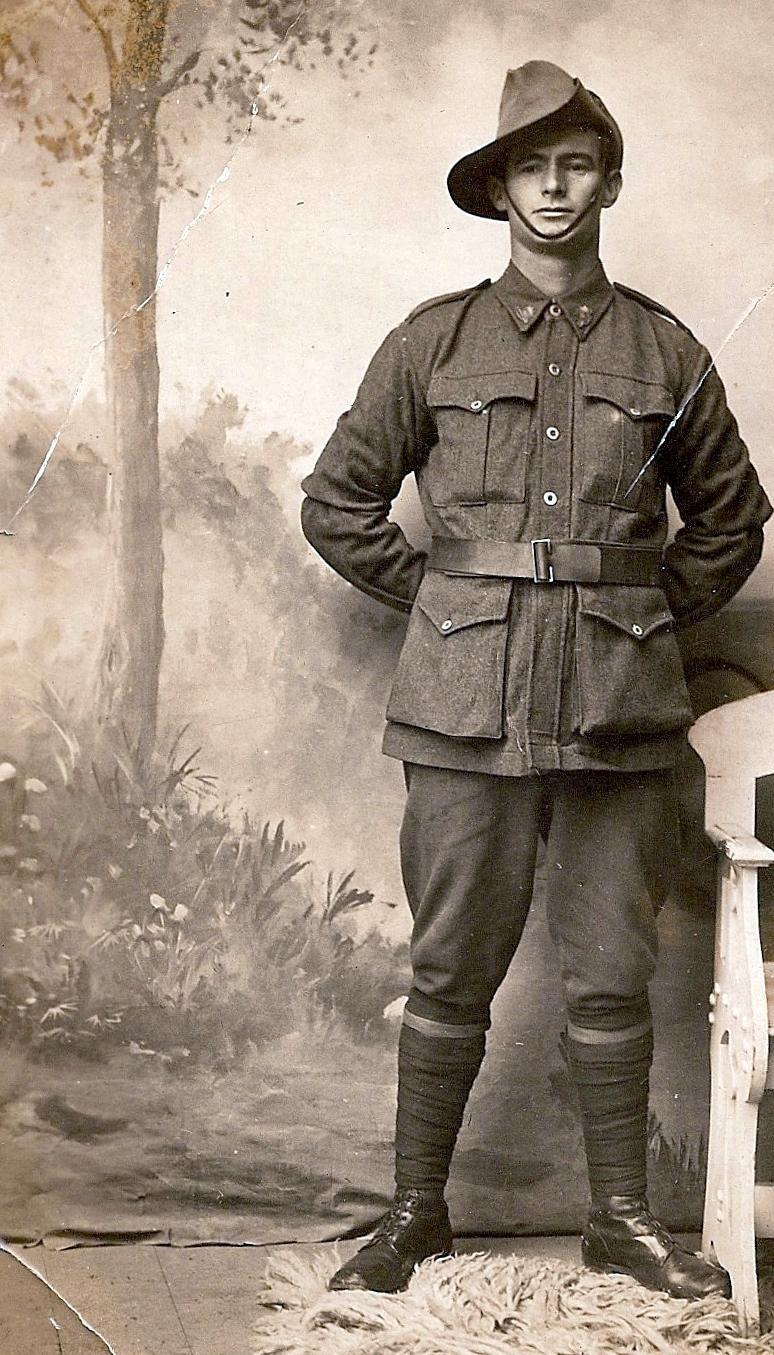
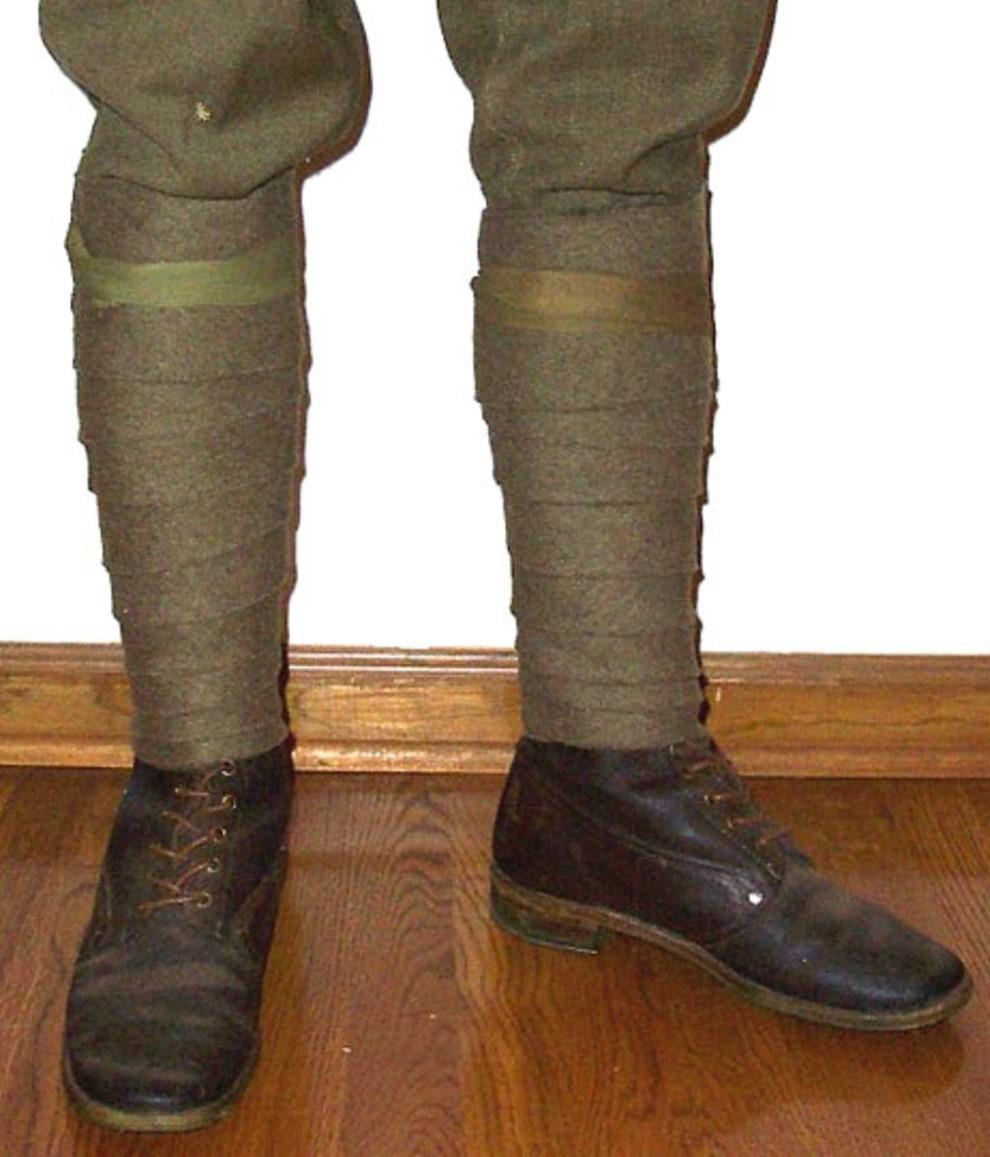
Scan this QR code to open this page on your phone ->
